We take the 10-minute journey from Paddington to Liverpool Street with the railway’s boss Mark Wild
Standing on the concourse at the entrance to the Paddington Elizabeth line station on a crisp spring day, my eyes cannot resist being drawn to look upwards at the huge glass roof that has been decorated with clouds, an installation piece by US artist Spencer Finch.

The area no longer looks like a Costain Skanska JV construction site: all that now separates the Crossrail station - designed by Scott Wilson, Weston Williamson and Gillespies - from platform one at Paddington is a temporary gate that will soon come down.
The gathered group of about 30 people is waiting for one of a handful of press trips allowing early access to Crossrail - which will be known as the Elizabeth Line - and will be travelling from Paddington to Liverpool Street and back again on the railway that has been buffeted by delays and cost overruns since 2018. Now finally we are about to find out what all the fuss has been about.
Just before 4pm the gates shutting the Crossrail station off from the main concourse begin to open and the previous tour group emerges. Among them is Crossrail chief executive Mark Wild and Transport for London chief operating officer Andy Lord.
As the pair greet the the next group and make their way back down the escalator, the sheer scale of the Paddington Elizabeth line station comes into view.
This is not a Tube station as you expect them in London. With its soaring ceilings, pared-back design and vast concourses it is clear that providing enough space for all the anticipated travellers has been a priority for the project. The scale of the station - perhaps because it is not yet bustling with busy Londoners - has the effect of making you feel very small. “Wait until you see Liverpool Street - it’s even bigger,” Wild says.
As you approach the platform you can hear the sound of trains regularly passing in both directions, mostly empty - except for carrying other guinea pigs like us - and all part of the trial services to build reliability before it can be deemed a fully functioning railway.
But in just a matter of weeks this station will be teaming with thousands of passengers making use of the new east-west connection. Each train is 200m long - almost twice as long as a normal Tube train - and designed to carry 1,500 people. Walk-through carriages similar to those on the London Overground trains and higher ceilings provide even more space. There is also none of the screeching and clattering synonymous with many of the older, deep Tube lines. The extra space combined with low noise levels makes for a very pleasant travelling experience, not something most regular Underground travellers would be familiar with.
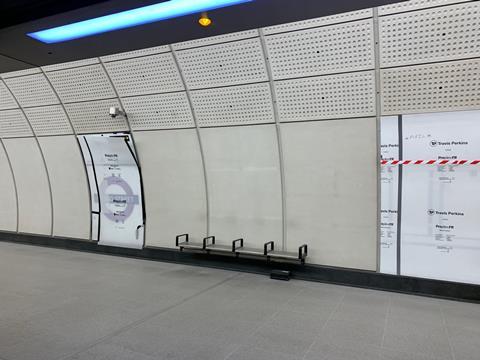
There are, of course, reminders everywhere that this is actually all a practice run. One is the pristine condition of the trains and stations - that surely will not last. Another is when we pull into Bond Street station and see, while we stop very briefly, that the progress of work at this station is still behind the rest of the line. Wild confirms that is the case, saying it will hopefully be open by late summer - August or September - three months behind the rest of the central route. But he says this is not as bad as it could have been given at one stage the station had been more than 18 months behind the rest of the project.
Crossrail in numbers
- The approximate total cost of project to date is £18.6bn.
- From end-to-end the Elizabeth line will be more than 100km long.
- The project includes 10,000 fire doors, which can withstand temperatures of up to 3,000°C for two hours.
- It will serve 41 stations including 10 new stations at Paddington, Bond Street, Tottenham Court Road, Farringdon, Liverpool Street, Whitechapel, Canary Wharf, Custom House, Woolwich and Abbey Wood.
- Over 130 million working hours have been completed on the Crossrail project so far.
- It will increase central London rail capacity by 10%.
- It will bring 1.5 million more people within a 45 minutes commute of major employment centres in the West End, the City and Canary Wharf (up from 5 million currently).
- It is now 1,196 days since the original projected completion date (as at 18 March 2022).
As the train pulls out of Bond Street heading east towards Tottenham Court Road station, I am offered a space in the driver’s cab and at that point the scale of the engineering feat really hits home. The group has been taking turns, three at a time, to experience the driver's viewpoint of the route. It is an opportunity that even TfL's Andy Lord seems excited about: "It's my first time in the cab on the Elizabeth Line. In fact, it's the first time in two years that I've been in a cab at all because of the pandemic."
The tunnels are enormous, with walkways for evacuations, ventilation mechanisms, and a huge amount of M&E and signalling infrastructure installed. We see Tottenham Court Road’s eastbound platform coming into view - the only curved platform on the line - and we glide to a stop.
>> From the archive: Mark Wild interview: why Crossrail will be worth the wait
During the journey our tour guides remind us of some of the technical achievements that have been clocked up during Crossrail's development. The whole system - from the trains, to the routeway to the stations - has been digitalised. This means there is a high level of connectivity between the trains and stations, an advanced telecommunications systems and sophisticated integration into the existing network. One challenge has been making sure the project kept pace with the digital transformation of the last decade. "When you think about it the Crossrail Bill was passed in 2007 and the first iPad wasn't released until 2010. There has been a lot of change to deal with," says Wild.
The trains are also equipped with three different signalling systems, one for the existing Network Rail routeway, one for the central section and one for the Heathrow tunnels. This, Wild says, is an area where lessons have been learnt that should be applied to future infrastructure projects. "The problem was that a lot of the civils were done before we procured the trains - which is why we have three signalling systems installed." Lord agrees on the point of programming lessons to be taken away: "Too much was done in series rather than in parallel."
Now the train is arriving at our destination: Liverpool Street station. It has taken 10 and a half minutes. “It will take 11 minutes and 30 seconds when Bond Street is fully in service,” Wild clarifies.

And he was right about Liverpool Street, the Laing O'Rourke-designed station is so enormous it almost has an airport feel to it. Wild says there was talk of a travelator being installed within the central concourse (pictured right) at one stage, presumably to save people's step counts, but it appears a decision was made to keep it free-flowing. Aesthetically at least it seems like a good call.
The new station now connects both Moorgate and existing Liverpool Street stations and while the platforms are 250m long the actual length of the station is around 450m.
The dual access is something that London's passengers will need to be informed about, says Lord. "We don't want people getting off the Northern Line at Moorgate and thinking they need to get the Tube to Liverpool Street to get to the Elizabeth Line. It's going to take time to change the way people think about how those stations interact."
After a return trip back to our starting point, our journey is at an end. But before he leaves I ask Wild to pick a favourite station: “Architecturally it’s hard to go past Paddington, but for what it’s done to the area Woolwich is also seriously impressive. It’s been transformational.” As an afterthought he adds: “Canary Wharf is also definitely worth a look.”
I now have to make my way home from Paddington via Moorgate. I stand in a rickety, crowded and noisy Hammersmith and City Line train thinking about the vast tunnels just meters below, where empty trains continue their practice runs travelling at a speed that would halve my current, rather uncomfortable 21-minute journey. Now when exactly in June did Mark Wild promise to open Crossrail?
What are trial operations?
Trial operations involve carrying out operational exercises to ensure the safety and reliability of the railway for public use, and to test the railway can cope with a full timetable of trains.
More than 150 real-life scenarios have been or are being carried out to ensure the readiness of the railway for passenger service. Trial operations will include exercises to make sure that all systems and procedures work effectively and staff can respond to any incidents, including customers being unwell or signal failures. During this period, timetabled services at 12 trains an hour will continue to build reliability on the central section of the railway.
A series of more complex exercises that include evacuations of trains and stations using thousands of staff volunteers as passengers are under way.
To ensure fair representation of future passengers the volunteers include a a mix of people with disabilities and mobility impairments - from people requiring aids to walk, to wheelchair users, those with hidden disabilities and guide dog users. Tests carried out in this phase include train-to-train evacuations and full timetable testing.
Some of the exercises will include involvement from other emergency services including London Fire Brigade, London Ambulance Service and British Transport Police.
The last mass volunteer exercise is set to take place this Sunday (13 March).





















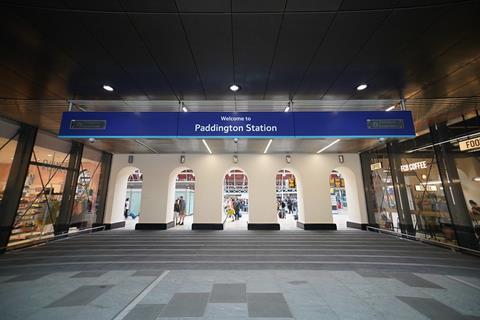
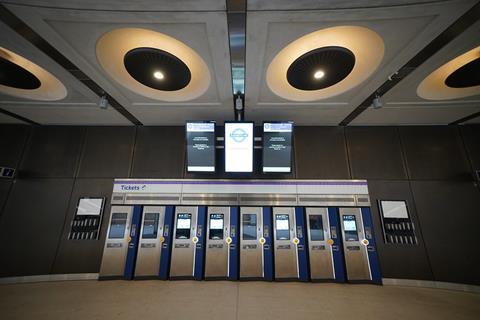
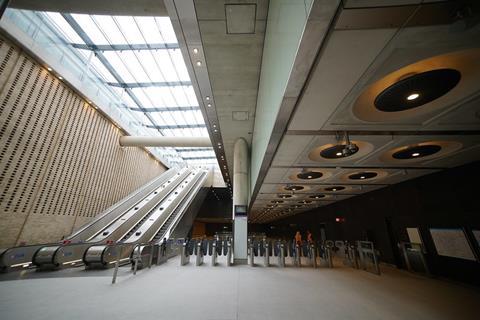

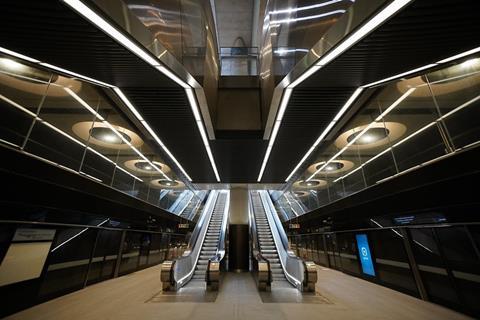

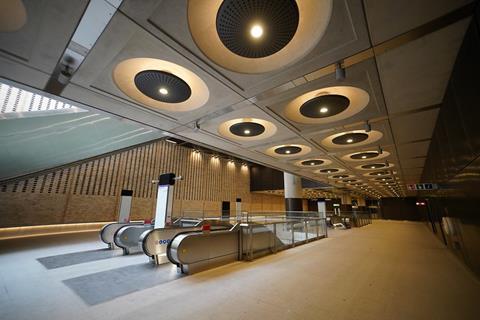
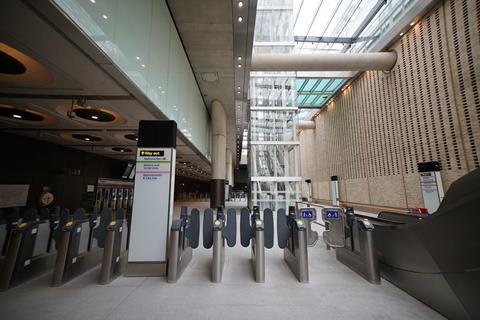
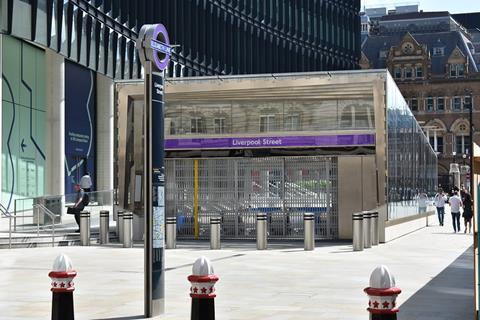
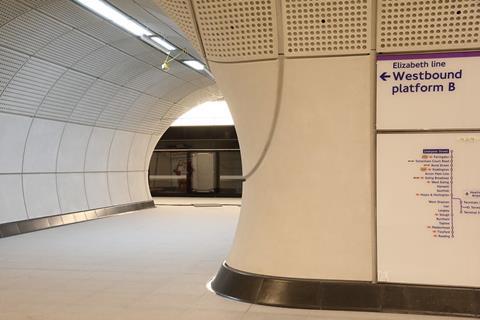

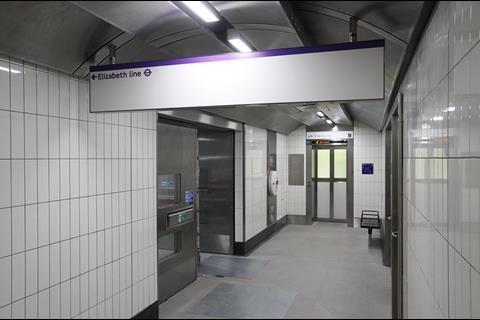

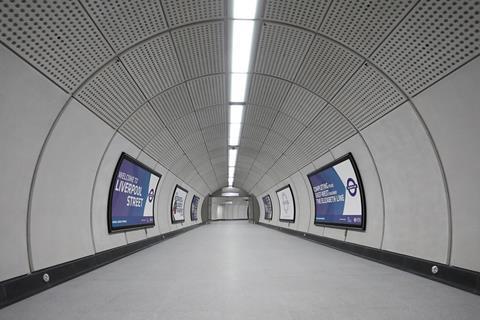
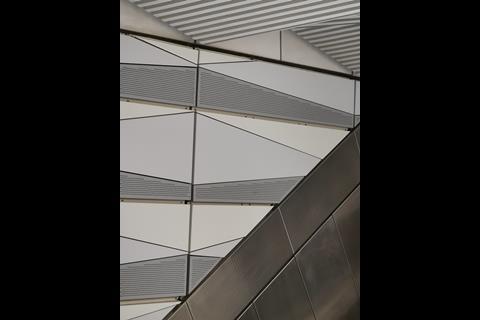

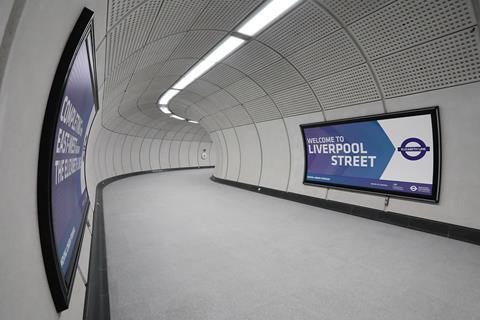
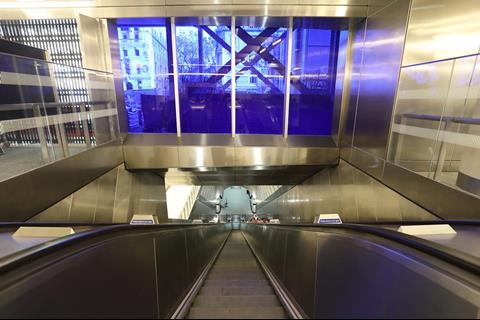
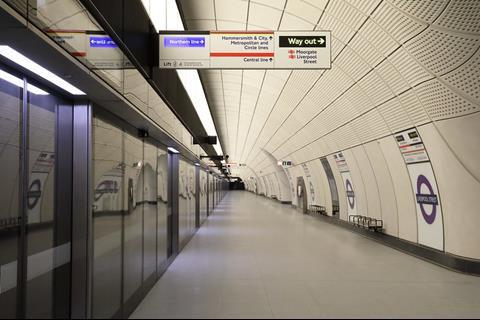


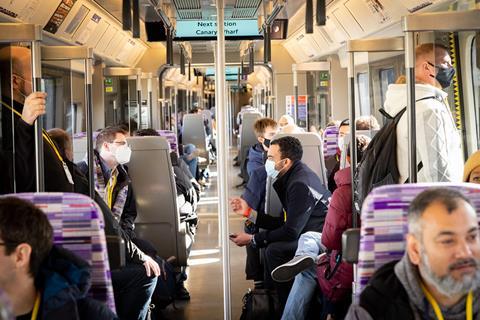
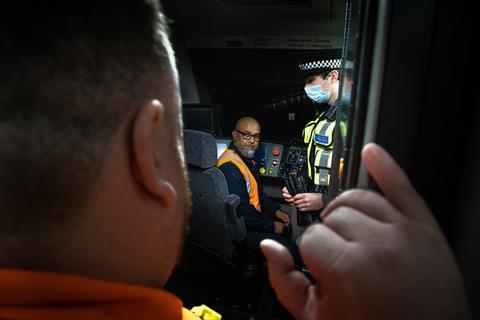
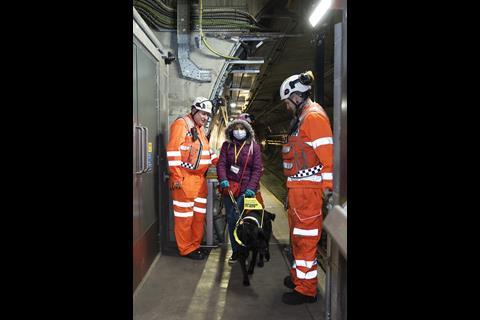
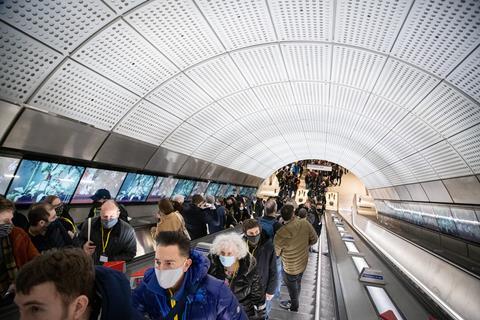










No comments yet